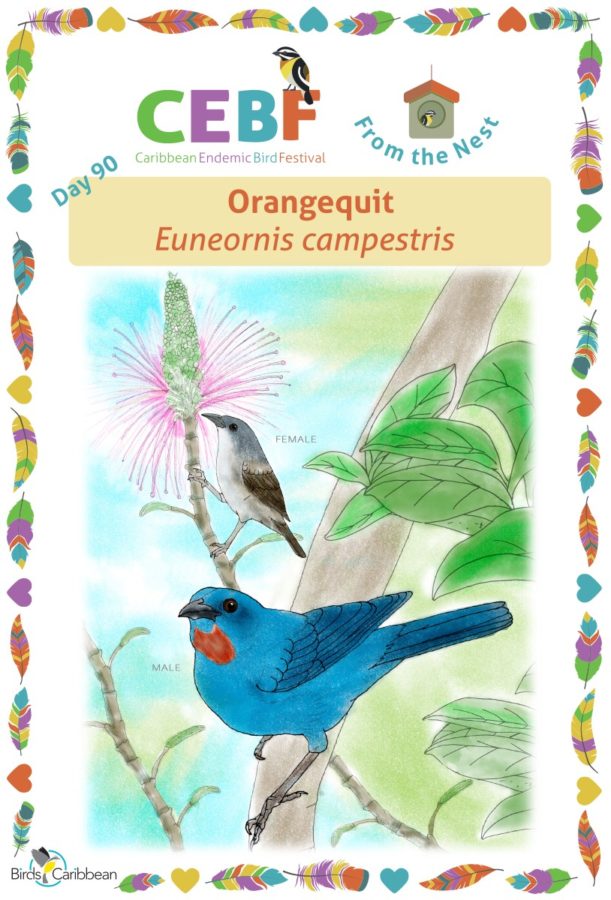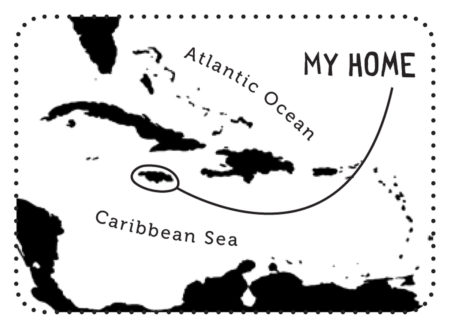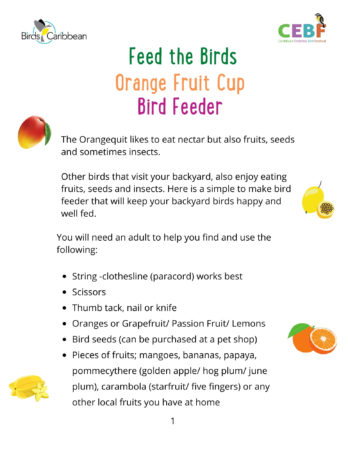Celebrate the Caribbean Endemic Bird Festival (CEBF) with us! Our theme in 2022 is “Loving Birds is Human Nature”. Have fun learning about a new endemic bird every day. We have colouring pages, puzzles, activities, and more. Download for free and enjoy nature with your family at home.
Endemic Bird of the Day: Orangequit
This energetic, busybody darting around the canopy is hard to identify at first. Is it another little brown bird? It stops at a flower and the sunlight hits it just right, showing a shimmering blue bird. It’s an Orangequit (Euneornis campestris)! This bird is endemic to the island of Jamaica and is the only member of the genus Euneornis.
When you hear the name Orangequit, the image the mind produces is a small orange bird. Although it is in fact a small finch-like bird, measuring only 14 cm, its only orange coloration is a brick orange throat in males. The males are striking and distinctive from the females. They are almost entirely a shimmering slaty-glossy gray-blue. This coloration shifts along a spectrum from slate-gray to vivid blue, depending on the lighting, and can appear black in poor lighting.
The females have medium-brown back, wings, and tail, blue-gray crown, and gray underparts that become more brownish or yellowish toward the belly. Immatures resemble females but are browner where the female is gray. Immature males resemble adult females but often have small patches of colorful feathers – most commonly on the coverts, chest, or throat. Males take two years to develop their characteristic plumage.
Another key indicator is its distinctive bill which is fairly long but thick, sharp-tipped, and slightly decurved. This precision instrument is used to access nectar, blooms, seeds, and fruits as they are typically seen contorting on vegetation in order to achieve the best angle to feed. Those lucky enough to live in or adjacent to Orangequit habitat can attract them with cut fruit – they particularly enjoy slices of orange. They’re found in montane forests, tropical or subtropical moist lowland forests and heavily degraded forests. Their call is a high, thin “tsit-tsit,” with the second note louder and higher in pitch, plus a thin, descending whistled “swee.”
Orangequits breed from April to June. Their nest is a very well concealed, deep, and roughly built cup – usually 6m above the ground, sometimes in bunches of seeds or in a large leaf. The females lay between two and four eggs that are white with reddish-brown and gray-brown markings.
Although listed as ‘Least Concern’ by the IUCN, Orangequits are threatened by habitat loss through bauxite mining and conversion of Jamaica’s pristine forests for agriculture and coffee plantations. Learn more about this species, including its range, photos, and calls here.
Colour in the Orangequit
Download our West Indies Endemic Bird colouring page. Use the photos below as your guide, or you can look up pictures of the bird online or in a bird field guide if you have one. Share your coloured-in page with us by posting it online and tagging us @BirdsCaribbean #CEBFfromthenest
Listen to the song of the Orangequit
The song of Orangequit is a series of thin high-pitched “tsit-tsit” notes.
Puzzle of the Day
Click on the images below to do the puzzle. You can make the puzzle as easy or as hard as you like – for example, 6, 8, or 12 pieces for young children, all the way up to 1,024 pieces for those that are up for a challenge!
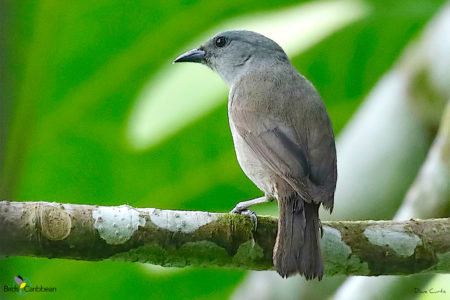
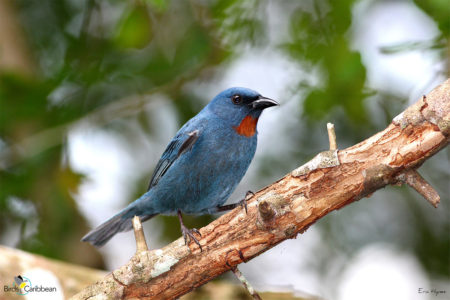
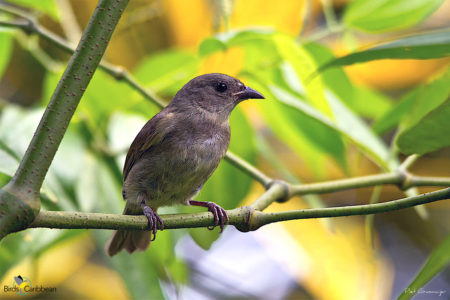
Activity of the Day
FOR KIDS: Orangequits love to eat nectar but they also enjoy juicy fruits! Why not try making this orange cup bird feeder? You can can fill it with pieces of fruit and perhaps a few seeds for your other backyard birds. Hang in your garden to keep your feathered friends well fed. Not in Jamaica – the home of these colourful little endemic birds? No problem, other fruit lovers that that live near you, such as orioles and many other types of wild birds, will love this feeder! Hang it out, fill it with food and see who comes to visit for lunch. Remember that this activity involves using scissors and knife, you will need an adult to help with making this.
FOR KIDS AND ADULTS: If you don’t have Orangequits that visit your garden you can still enjoy this video of a male Orangequit in the wild!
At the start of the pandemic backyards became the birding hotspots. Around the world people set up feeders and bird baths. The Caribbean was no exception to this trend. In Jamaica when Stuart Reeves learned that he had to be quarantined at home for 14 days, he was struck with the same question so many were asking themselves, “What to do?” Read about how he used that time to get to know and photograph the birds that visited his backyard get some inspiration and insider tips on how to attract, observe, and photograph your backyard birds! You can make your own bird bath following these instructions from our Cuban Oriole post

